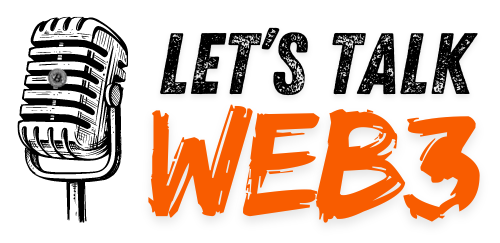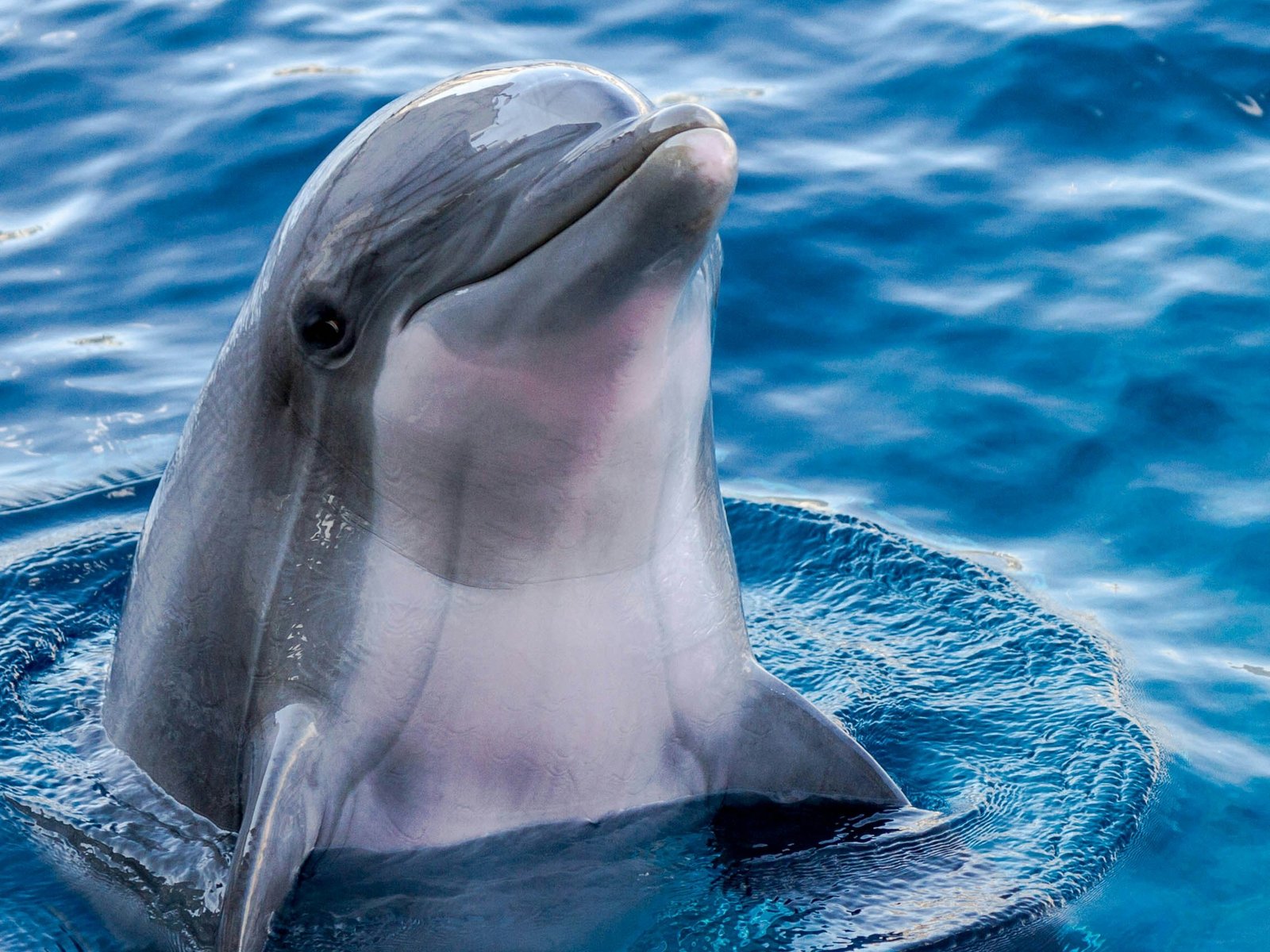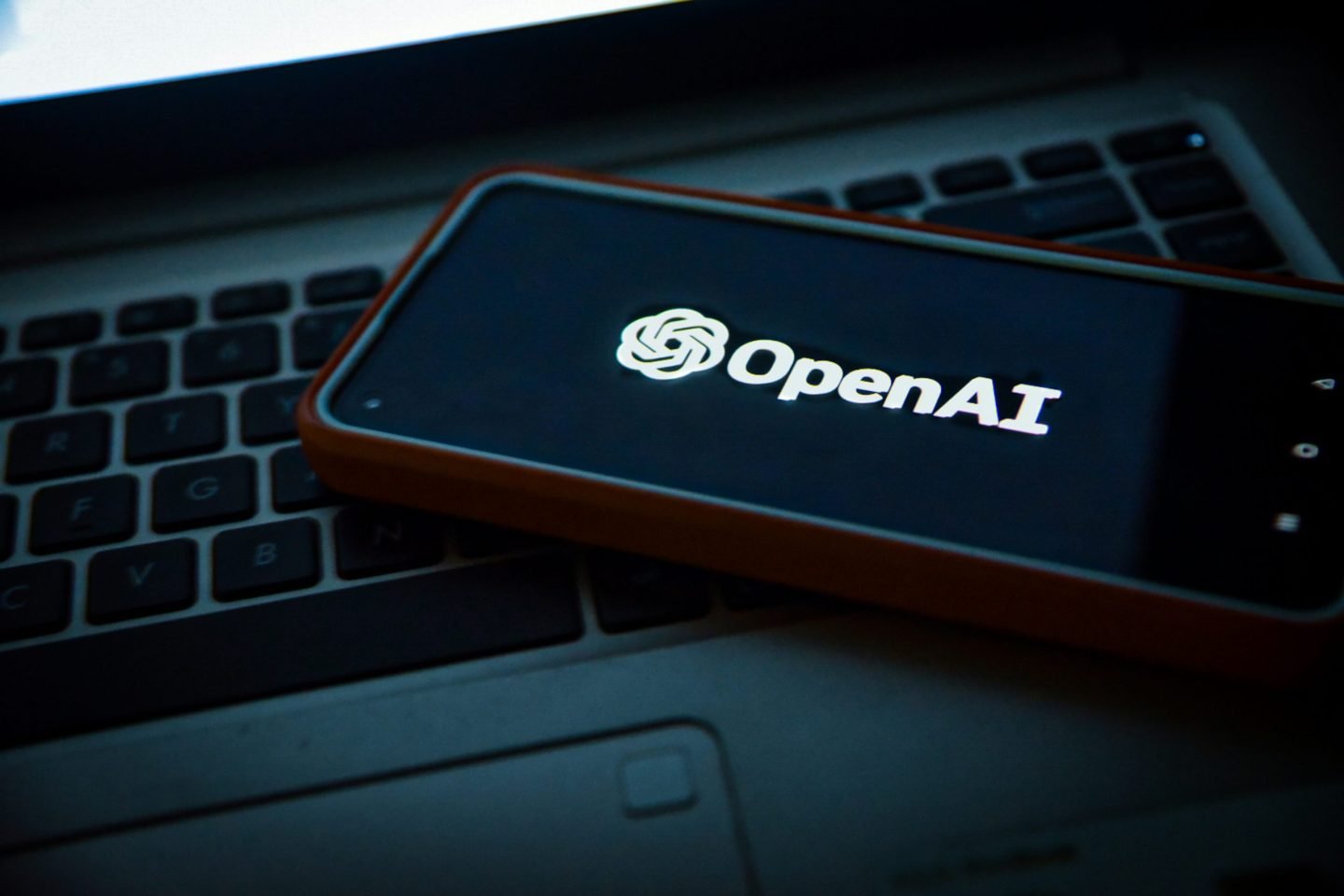Google has developed an AI model called DolphinGemma to decipher how dolphins communicate and one day facilitate interspecies communication.
The intricate clicks, whistles, and pulses echoing through the underwater world of dolphins have long fascinated scientists. The dream has been to understand and decipher the patterns within their complex vocalisations.
Google, collaborating with engineers at the Georgia Institute of Technology and leveraging the field research of the Wild Dolphin Project (WDP), has unveiled DolphinGemma to help realise that goal.
Announced around National Dolphin Day, the foundational AI model represents a new tool in the effort to comprehend cetacean communication. Trained specifically to learn the structure of dolphin sounds, DolphinGemma can even generate novel, dolphin-like audio sequences.
Over decades, the Wild Dolphin Project – operational since 1985 – has run the world’s longest continuous underwater study of dolphins to develop a deep understanding of context-specific sounds, such as:
Signature “whistles”: Serving as unique identifiers, akin to names, crucial for interactions like mothers reuniting with calves.
Burst-pulse “squawks”: Commonly associated with conflict or aggressive encounters.
Click “buzzes”: Often detected during courtship activities or when dolphins chase sharks.
WDP’s ultimate goal is to uncover the inherent structure and potential meaning within these natural sound sequences, searching for the grammatical rules and patterns that might signify a form of language.
This long-term, painstaking analysis has provided the essential grounding and labelled data crucial for training sophisticated AI models like DolphinGemma.
DolphinGemma: The AI ear for cetacean sounds
Analysing the sheer volume and complexity of dolphin communication is a formidable task ideally suited for AI.
DolphinGemma, developed by Google, employs specialised audio technologies to tackle this. It uses the SoundStream tokeniser to efficiently represent dolphin sounds, feeding this data into a model architecture adept at processing complex sequences.
Based on insights from Google’s Gemma family of lightweight, open models (which share technology with the powerful Gemini models), DolphinGemma functions as an audio-in, audio-out system.
Fed with sequences of natural dolphin sounds from WDP’s extensive database, DolphinGemma learns to identify recurring patterns and structures. Crucially, it can predict the likely subsequent sounds in a sequence—much like human language models predict the next word.
With around 400 million parameters, DolphinGemma is optimised to run efficiently, even on the Google Pixel smartphones WDP uses for data collection in the field.
As WDP begins deploying the model this season, it promises to accelerate research significantly. By automatically flagging patterns and reliable sequences previously requiring immense human effort to find, it can help researchers uncover hidden structures and potential meanings within the dolphins’ natural communication.
The CHAT system and two-way interaction
While DolphinGemma focuses on understanding natural communication, a parallel project explores a different avenue: active, two-way interaction.
The CHAT (Cetacean Hearing Augmentation Telemetry) system – developed by WDP in partnership with Georgia Tech – aims to establish a simpler, shared vocabulary rather than directly translating complex dolphin language.
The concept relies on associating specific, novel synthetic whistles (created by CHAT, distinct from natural sounds) with objects the dolphins enjoy interacting with, like scarves or seaweed. Researchers demonstrate the whistle-object link, hoping the dolphins’ natural curiosity leads them to mimic the sounds to request the items.
As more natural dolphin sounds are understood through work with models like DolphinGemma, these could potentially be incorporated into the CHAT interaction framework.
Google Pixel enables ocean research
Underpinning both the analysis of natural sounds and the interactive CHAT system is crucial mobile technology. Google Pixel phones serve as the brains for processing the high-fidelity audio data in real-time, directly in the challenging ocean environment.
The CHAT system, for instance, relies on Google Pixel phones to:
Detect a potential mimic amidst background noise.
Identify the specific whistle used.
Alert the researcher (via underwater bone-conducting headphones) about the dolphin’s ‘request’.
This allows the researcher to respond quickly with the correct object, reinforcing the learned association. While a Pixel 6 initially handled this, the next generation CHAT system (planned for summer 2025) will utilise a Pixel 9, integrating speaker/microphone functions and running both deep learning models and template matching algorithms simultaneously for enhanced performance.
Using smartphones like the Pixel dramatically reduces the need for bulky, expensive custom hardware. It improves system maintainability, lowers power requirements, and shrinks the physical size. Furthermore, DolphinGemma’s predictive power integrated into CHAT could help identify mimics faster, making interactions more fluid and effective.
Recognising that breakthroughs often stem from collaboration, Google intends to release DolphinGemma as an open model later this summer. While trained on Atlantic spotted dolphins, its architecture holds promise for researchers studying other cetaceans, potentially requiring fine-tuning for different species’ vocal repertoires..
The aim is to equip researchers globally with powerful tools to analyse their own acoustic datasets, accelerating the collective effort to understand these intelligent marine mammals. We are shifting from passive listening towards actively deciphering patterns, bringing the prospect of bridging the communication gap between our species perhaps just a little closer.
See also: IEA: The opportunities and challenges of AI for global energy

Want to learn more about AI and big data from industry leaders? Check out AI & Big Data Expo taking place in Amsterdam, California, and London. The comprehensive event is co-located with other leading events including Intelligent Automation Conference, BlockX, Digital Transformation Week, and Cyber Security & Cloud Expo.
Explore other upcoming enterprise technology events and webinars powered by TechForge here.





